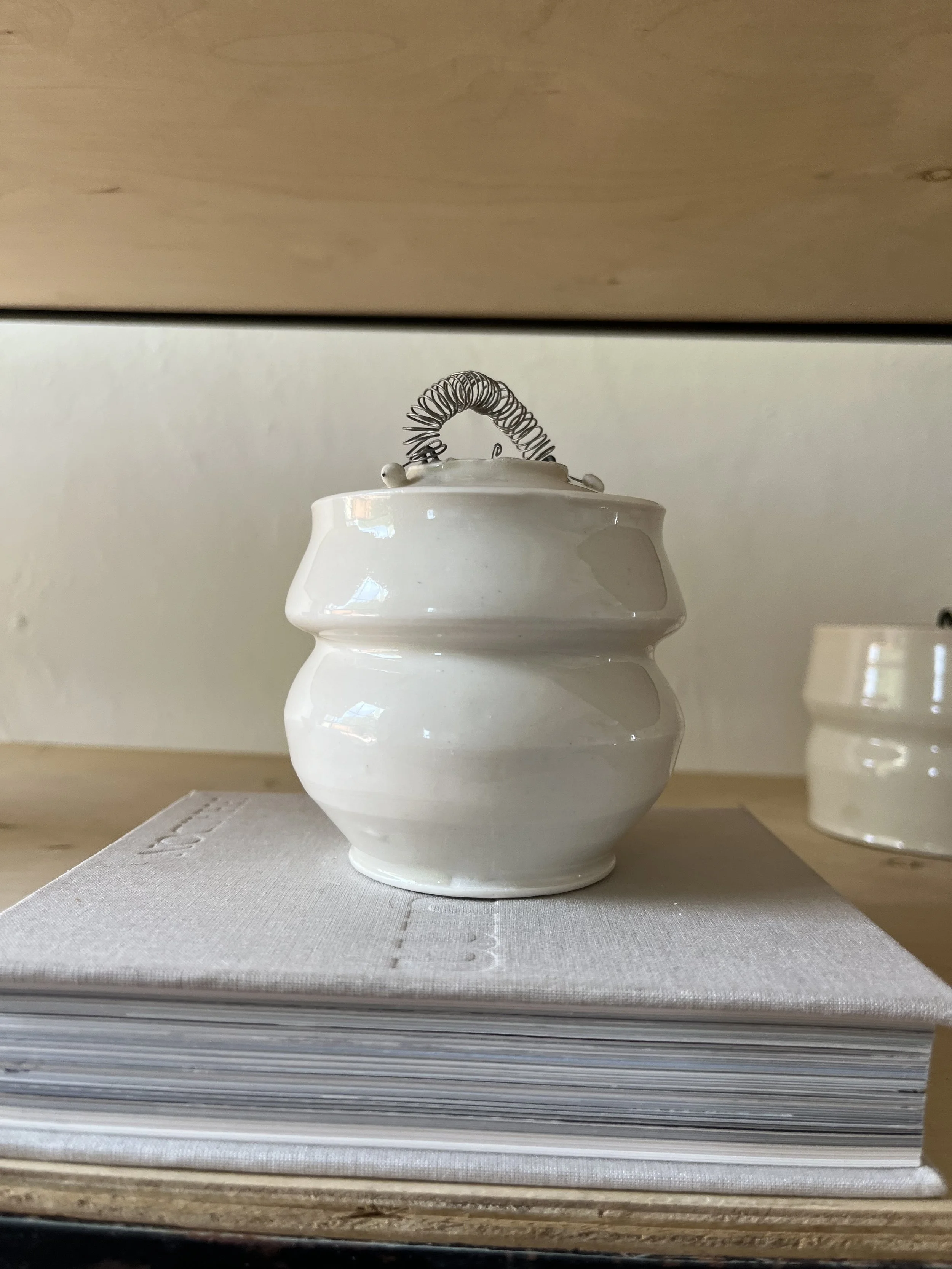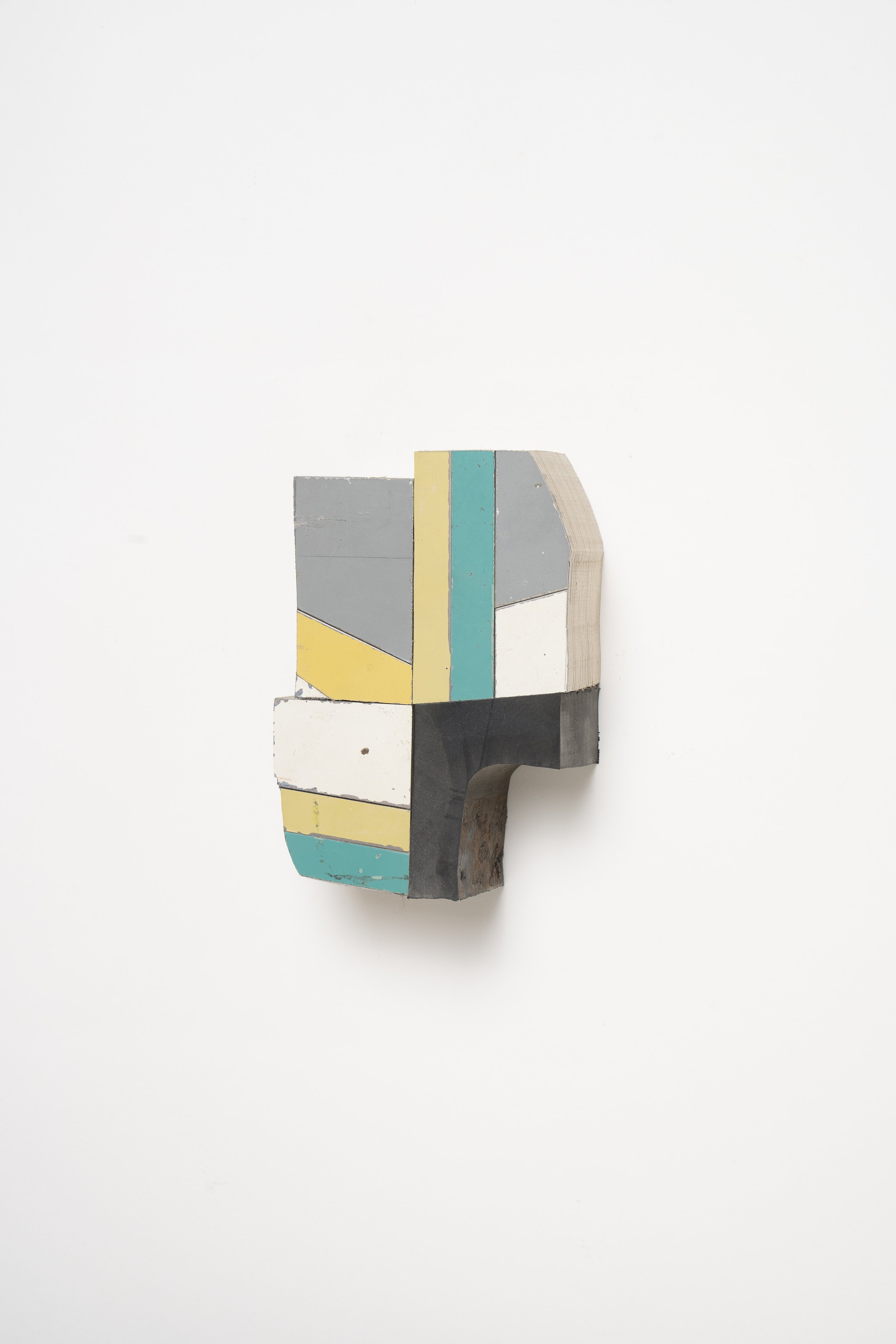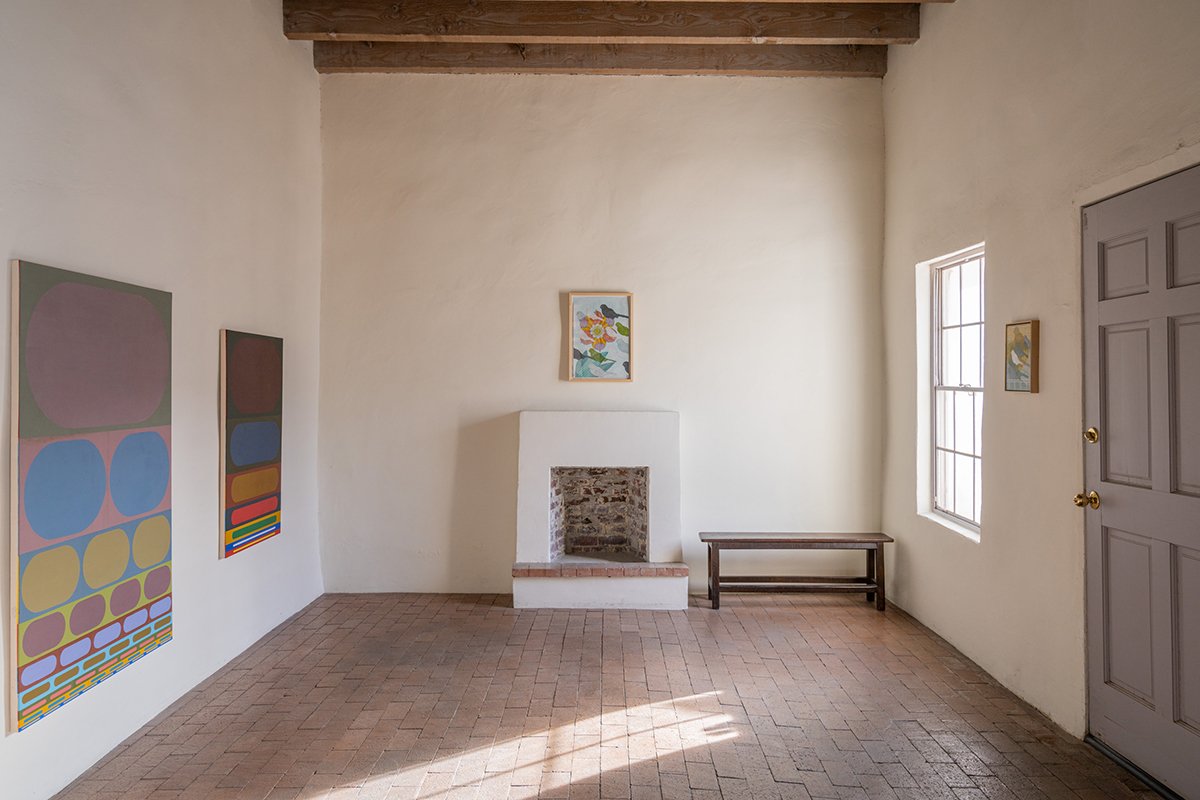


20 | Artist profile: Tom Martinelli
I work with promptings and processes often having to do with repetition, with progressions, with slightly non-symmetrical symmetry (also known as perfect imperfection). These things can act as a stable element or as scaffolding in the painting.